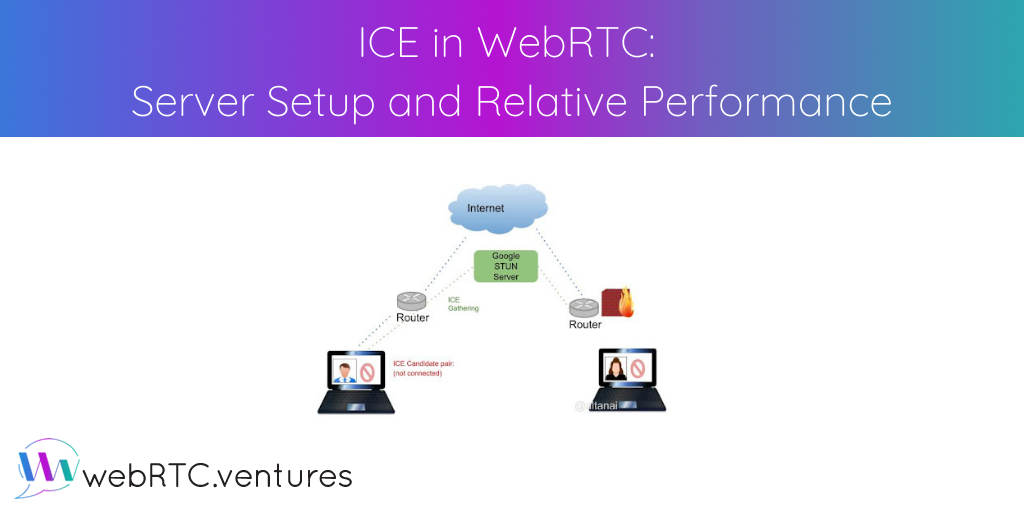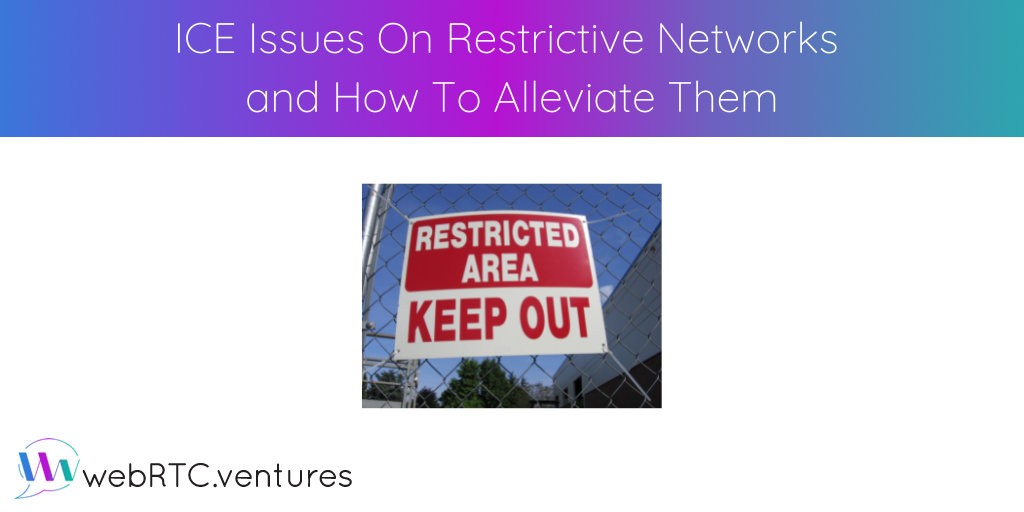
Establishing peer connections is one of the most challenging aspects of implementing WebRTC-based applications. This process includes configuring STUN (Session Traversal Utilities for NAT) and TURN (Traversal Using Relays around NAT) servers, often known as ICE servers, which are vital for overcoming network restrictions and ensuring reliable

Behind the seemingly seamless experience of WebRTC is a sophisticated network of servers and protocols that manage real-time, peer-to-peer connections across browsers, native applications, and media servers. Setting up and maintaining these connections requires various steps, each essential for reliable and efficient communication. In this post, we’ll

When WebRTC calls are between parties who are not on the same network, have symmetric public-private pairing (NAT), or have firewall restrictions there are a number of protocols that can be used. This post describes relative QoS performance working with no ICE Servers, a public STUN server, and a self-hosted CoTURN server.

For use cases like telehealth where security and privacy are paramount, WebRTC developers use ICE servers to find their way through restrictive firewalls. In this blog post, we will review the signaling process, STUN and TURN servers, and share some tips on how to alleviate ICE issues that can be caused by certain network restrictions.






